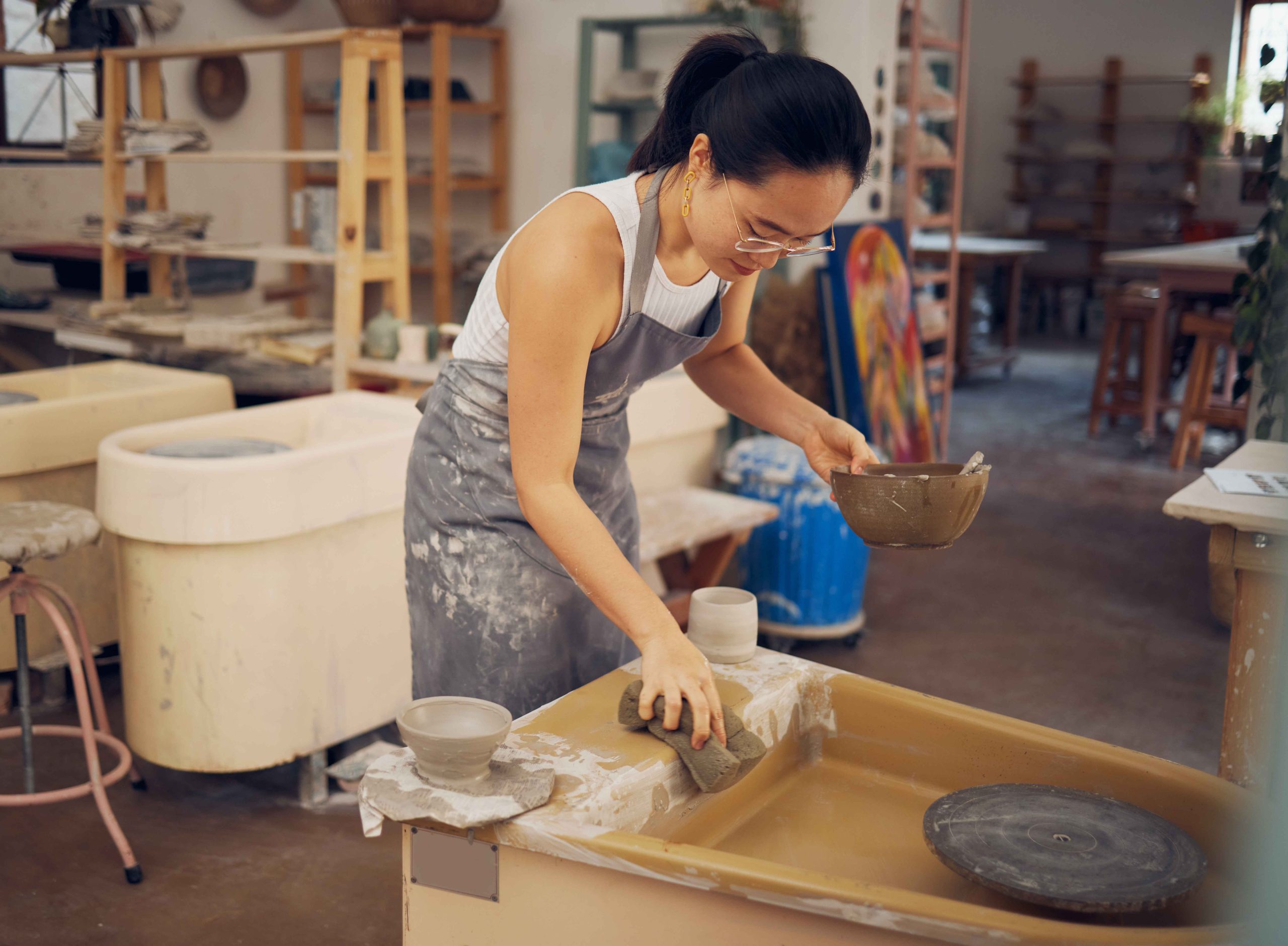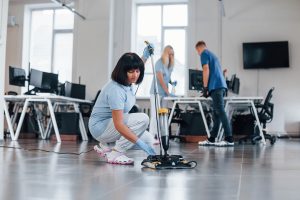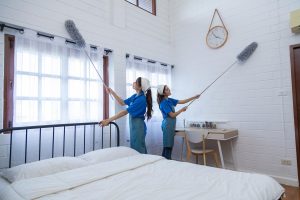Maintaining a clean and safe gym environment goes beyond wiping down equipment and sanitizing surfaces. One often overlooked yet crucial aspect of gym hygiene is the proper care and maintenance of gym flooring. A well-maintained floor not only enhances the overall appearance of the gym but also ensures the safety and satisfaction of its members. In this ultimate gym flooring maintenance guide, we’ll explore essential tips and strategies to keep your gym floors in top-notch condition.
1. Know Your Flooring Material
Different gym flooring materials require different maintenance approaches. Whether you have rubber, vinyl, hardwood, or foam flooring, understanding the unique characteristics of each material is the first step to effective maintenance. Refer to the manufacturer’s guidelines for recommended cleaning agents and techniques to avoid damage.
2. Daily Sweeping and Dusting
Regular sweeping or dusting is fundamental in preventing dirt, dust, and debris from accumulating on the gym floor. These particles not only compromise the aesthetic appeal but can also lead to premature wear and tear. Use a soft-bristle broom or a dust mop to remove loose dirt daily.
3. Prompt Spill Cleanup
Spills are inevitable in a gym setting, and leaving them unattended can result in stains or damage. Establish a protocol for immediate spill cleanup using appropriate cleaning solutions. For hardwood floors, use a damp cloth to avoid water damage.
4. Invest in Quality Mats
Placing high-quality entrance mats at the gym’s entrances can significantly reduce the amount of dirt and moisture tracked onto the floors. This simple preventive measure goes a long way in preserving the integrity of your gym flooring.
5. Regular Deep Cleaning
In addition to daily maintenance, schedule regular deep cleaning sessions. This involves using specialized cleaning equipment or hiring professional cleaning services to remove embedded dirt and grime. The frequency of deep cleaning depends on factors such as foot traffic and the type of flooring material.
6. Choose the Right Cleaning Products
Avoid using harsh or abrasive cleaning agents that can damage gym flooring. Instead, opt for manufacturer-recommended, pH-neutral cleaners that effectively remove dirt without compromising the integrity of the flooring material.
7. Protect Against Equipment Damage
Place protective mats or rubberized gym flooring beneath heavy workout equipment to prevent damage to the gym floor. Regularly check the condition of equipment to identify any potential risks of scratching or denting the flooring surface.
8. Implement a No-Shoe Policy
Encourage gym members to follow a no-shoe policy within workout areas. This minimizes the transfer of dirt and contaminants from outdoor shoes, preserving the cleanliness of the gym floor.
9. Address Scratches and Scuffs Promptly
For hardwood or laminate flooring, promptly address any scratches or scuffs to prevent them from becoming more severe. Use manufacturer-approved touch-up products to maintain the appearance of the gym floor.
10. Regular Floor Inspections
Conduct routine inspections to identify any areas of concern, such as loose tiles, uneven surfaces, or signs of water damage. Addressing issues promptly can prevent them from escalating and ensure the longevity of your gym flooring.
In conclusion, a proactive and systematic approach to gym flooring maintenance is essential for creating a clean, safe, and visually appealing workout environment. By incorporating these tips into your gym cleaning routine, you’ll not only extend the lifespan of your flooring but also enhance the overall experience for your members. A well-maintained gym floor is a testament to your commitment to providing a top-tier fitness facility.



